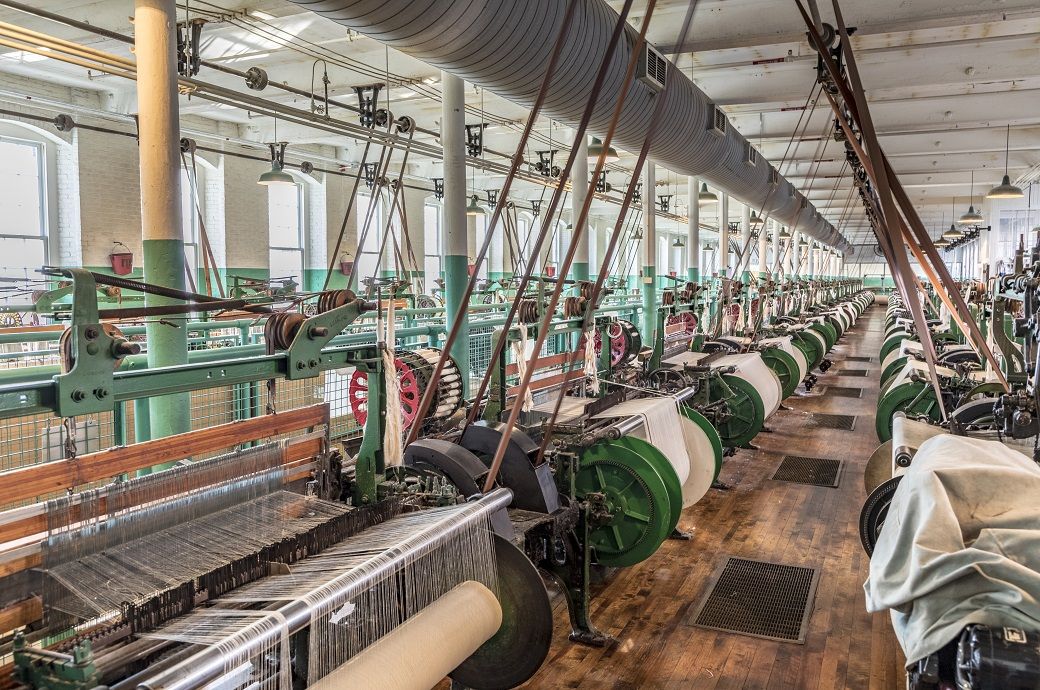
The ease of manufacturing downturn in the final month of the year was due to softening inflationary pressures and more stable supply-chain conditions creating some respite for goods producers. Weakness in client demand remained evident through slumping new order intakes, leading firms to make further inroads into their backlogs instead. Nevertheless, employment growth continued, while business confidence also edged up to a seven-month high, as per S&P Global’s Eurozone Manufacturing PMI report.
Market groups data showed continued deteriorations across consumer and intermediate goods makers, while capital goods producers recorded a marginal improvement.
All of the monitored eurozone constituents (which together account for an estimated 89 per cent of eurozone manufacturing activity) registered a manufacturing PMI below the crucial 50 mark in December, signalling broad-based weakness. That said, downturns eased with the exception of Greece, which saw a sharper decline in December 2022.
Eurozone manufacturing output fell in December, marking a seventh successive month of contraction. However, the decrease was only moderate and the weakest since June. The drop in production coincided with a further slump in new order inflows as demand for eurozone goods remained generally subdued. In line with the trend in output, the decline in factory sales weakened since November and was the softest in four months. A slower fall in new export business also helped to alleviate the downturn in overall order books.
In the absence of new business growth, eurozone manufacturers turned attention to their incomplete workloads. The latest survey data pointed to a sharp monthly fall in backlogs in December. Eurozone goods producers subsequently tapered their hiring activity, with the rate of job creation slowing to a 22-month low.
To adjust to lower demand, eurozone manufacturers cut their purchases of raw materials and other components at the end of the year. The reduction was steep, but the slowest in three months. Falling input demand helped take pressure off suppliers, with average input lead times stabilising in December amid reports of improving raw material availability.
Stocks of purchases also increased in December, despite the sharp drop in purchasing activity. The rate of accumulation was only marginal and the weakest in 15 months. Meanwhile, following the historically strong expansions in post-production inventories seen in recent months, December data showed the weakest increase over the current seven-month sequence.
Inflationary pressures eased across the euro area manufacturing sector in December. The rate of input cost inflation was still sharp, but the weakest since November 2020. Output charges were subsequently raised to a weaker extent as some companies chose to pass through lower expenses to their clients. Overall, the increase in selling charges was the slowest since March 2021.
Finally, business confidence improved for a second month in a row, rising further from October’s two-and-a-half-year low. In fact, future output expectations moved back into optimistic territory for the first time since August. Nevertheless, business sentiment remained historically subdued as inflation, high energy bills, and recession risks clouded the outlook.
ALCHEMPro News Desk (DP)
Receive daily prices and market insights straight to your inbox. Subscribe to AlchemPro Weekly!